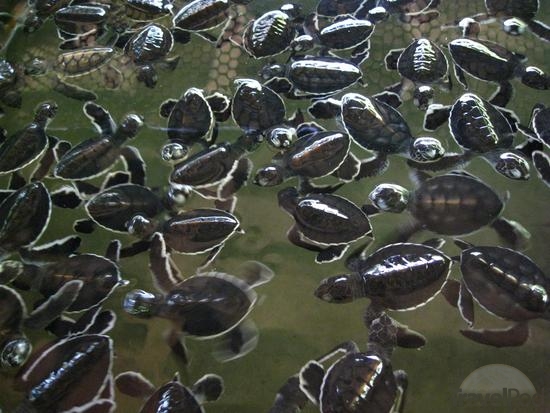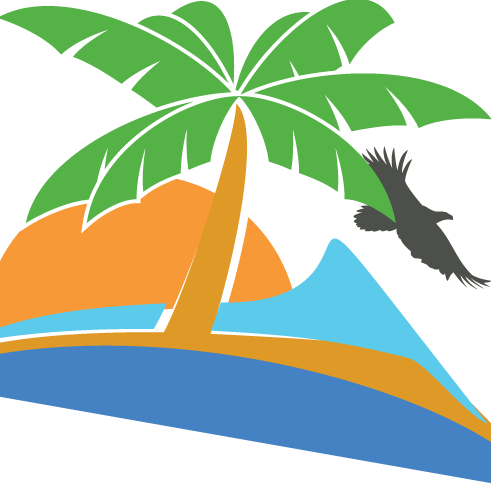It is unbelievable that there are ‘virgin beaches’ still existing in Sri Lanka. 6 to 7 kms long Rekawa beach is one of them. The golden beach stretch between the Rekawa Lagoon and the deep blue sea is truly a paradise on Earth.
The inhabitants of the Rekawa Village are a seaside rural community engaged in fisheries and rustic agriculture. Its long sandy beach and mangrove skirted lagoon gives it a rustic beauty. Rekawa boast of high local biodiversity as, in addition to mangrove forest, the local vegetation consists of scrub jungle, medicinal plants, and tropical fruits.
Rekawa village, just 11kms further south to Tanglle town, is the home to one of the most important sea turtle nesting sites in Sri Lanka. Visited by five different species of turtles, which lay eggs in the sand in Rekawa beach is a reserved site for their eyes only.
The best time to see the sea turtles is the period during January to April, the dry and clear atmospheric time of the year. The ‘Turtle excursions’ are much in demand during the full moon days of the month throughout the year.
From April to September, green, hawksbill and occasionally even leatherback turtles struggle ashore at night to lay their eggs on Rekawa Beach. Tours are run by volunteers from the non-profit Turtle Conservation Project and locals. The emphasis is on protecting the turtles, so camera flashes and other lights aren’t allowed..
In the absence of government sponsored projects, the turtle eggs are then taken to be re-buried in a secure location by the villagers, who make a basic living from entertaining tourists. These creatures have acted as a rare bridge between marine and terrestrial ecosystems for 100 million years, enriching T- both as they steadfastly undertake their remarkable two-realm life cycle.

We refuse to buy eggs for consumption. We refuse to buy turtle products’ should be the motto of the all tourism industry stakeholders, who is talking much about the sustainable tourism.
Turtle Conservation Project
All five species of turtles that nest in Sri Lanka are either endangered or critically endangered. Amongst them is the Leatherback turtle, the largest of all the sea turtles. It is at Rakawa beach that the Turtle Conservation Project has established a nest protection and research programme, allowing the protection of nests where they are laid by the female turtle and for the hatchlings to scramble down to the ocean immediately after emergence from the nest. The project at Rakawa is the first of its kind in Sri Lanka.
The Turtle Conservation Project was started in 1993 and started its programmed in Rekewa with the collaboration of the Department of Wildlife Conservation. Visitors to the beach are treated to a presentation on the nature of the marine turtles, their nesting habits and their poaching.



Comment (0)